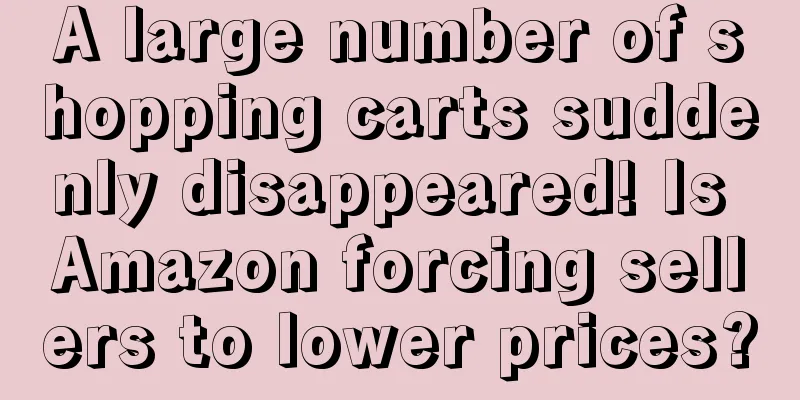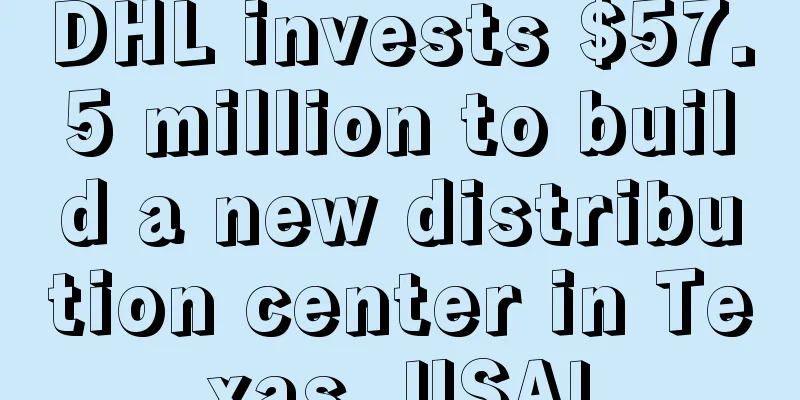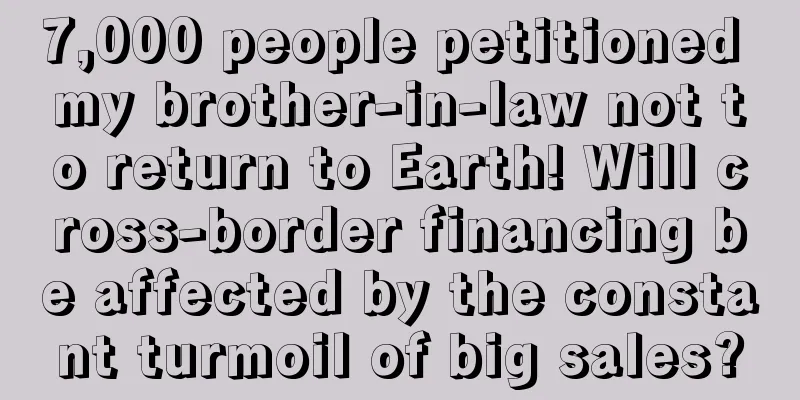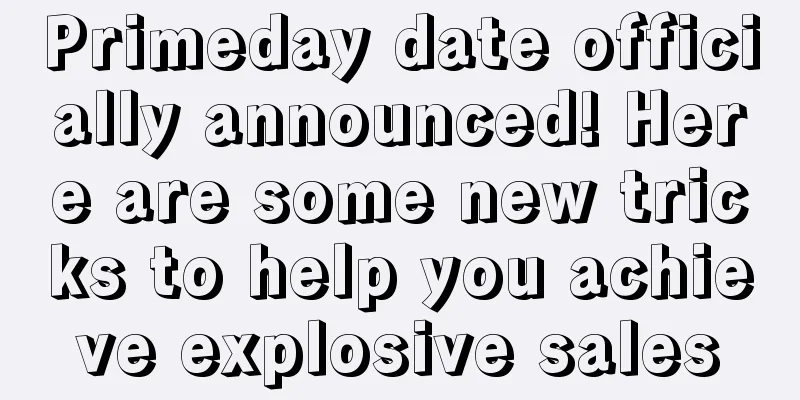|
In 2023, the price spiral war among cross-border platforms seems to continue... Following yesterday’s tip from a seller about the automatic price reduction of Temu products, it has recently been observed that Amazon also seems to be restricting the pricing of products of cross-border sellers. Listing is deactivated! Amazon forces sellers to lower prices?
It is learned that recently, according to a foreign media report, a seller received multiple notification emails from Amazon: the listing has been deactivated due to the seller's incorrect product pricing. After the actual price adjustment, the seller found that he needed to adjust the price of the new product to be lower than the price of the second-hand product before Amazon would reactivate the listing. This is undoubtedly a double whammy for the seller's already tight profits. According to other sellers who also received the email, the prices of many of their products were not actually the highest prices on the list of that category, but they were still notified by Amazon that they needed to adjust the prices before they could resell their products. It is learned that this is not the first time that Amazon has sent emails that appear to restrict product pricing. As early as May 2022, multiple sellers reported that after the shopping cart suddenly disappeared, Amazon sent an email stating that "the seller's offer does not qualify as a recommended offer." Amazon mentioned in the email that the seller's product price is less competitive than the price of the same product on other platforms. Therefore, if the seller wants to restore the shopping cart, he needs to lower the price of the product according to the reference price. (Note: The reference price includes the recommended offer, the average selling price in the past 60 days, the highest price in the past 14 days and the market price of the product.) According to feedback from multiple sellers, although the shopping cart can resume normal sales after the price drops to the reference price, the reference price set by Amazon is too low, which basically means selling at a loss for sellers. For this reason, while being indignant, many sellers are also analyzing the reasons for receiving price reduction emails: - The product is copied and sold at a low price, and the platform grabs the lowest transaction price as the recommended offer;
- The same or similar products are sold on platforms other than Amazon, and the price is lower than Amazon.
The second reason mentioned above was also mentioned in a lawsuit filed against Amazon in California last year. The price must not be higher than other platforms! Sellers sign a pricing agreement?
It is learned that according to foreign media reports, in September 2022, in the lawsuit filed against Amazon in California, California Attorney General Rob Bonta mentioned: Amazon had asked third-party sellers to sign a pricing agreement. The agreement stipulates that third-party sellers are not allowed to sell products at lower prices on competing websites such as eBay and Walmart. Sellers who fail to comply with this provision will have their search rankings reduced, their Buy Box cancelled, and in serious cases their sales may even be suspended or their accounts blocked. Based on this, some sellers speculate that the reason why the price spiral on Amazon is getting worse and worse, in addition to being affected by the market environment of consumption downgrade, may also be related to Amazon's regulations. Amazon also mentioned this pricing rule in the Amazon Seller Code of Conduct, which came into effect on March 31, 2022. Although Amazon stated that strict control over product pricing is intended to avoid inflated product prices and maintain stable operation of the platform. However, for sellers, Amazon's increased influence on product prices means that sellers will lose more pricing decisions. Since the pricing rules have no clear standards and judgment basis, sellers cannot determine how to meet Amazon's pricing requirements to avoid affecting product sales. Judging from the sales performance in 2022, many sellers have suffered heavy losses due to the impact of Amazon's pricing policy:- According to an anonymous seller of toys and video games, his sales last year were about 75% lower than three years ago due to his pricing policy. At its peak, the seller's sales on Amazon once reached $2 million.
- Another seller who sells collectibles also believes that his revenue has decreased by 20% year-on-year in the past year due to Amazon's tightening enforcement of its fair pricing policies.
Some sellers have summarized relevant solutions after receiving price reduction emails many times , which are provided for your reference: 1. Reduce the price appropriately to get the item back in the shopping cart, and then slowly increase the price by 5% every day; 2. Find the same low-priced products sold on Amazon or other platforms, find a way to contact or complain, and after the complaint is successful, open a case with Amazon and provide the purchase invoice to explain the actual purchase cost. At present, although multi-channel layout has gradually become the main theme of cross-border operations, Amazon is still the most important sales channel for most sellers. At a time when platform policies are becoming increasingly stringent, we would like to remind all sellers to always pay attention to the presentation of store-related data, strengthen refined operations to optimize costs, and not be confined to the tunnel vision of competing for short-term benefits.
What do you think about this? Welcome to discuss in the comment area~
|










